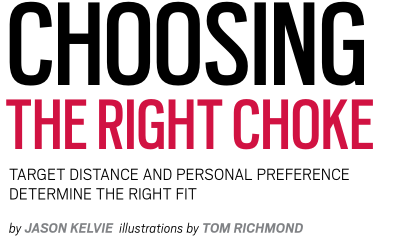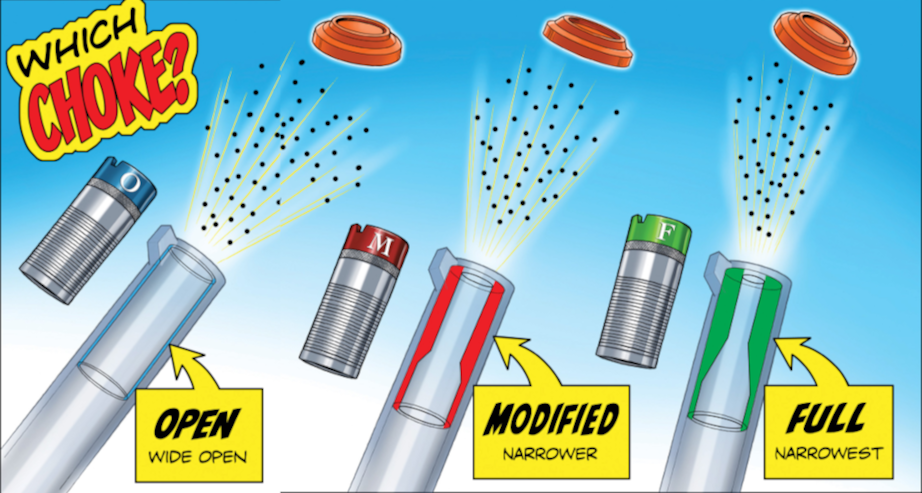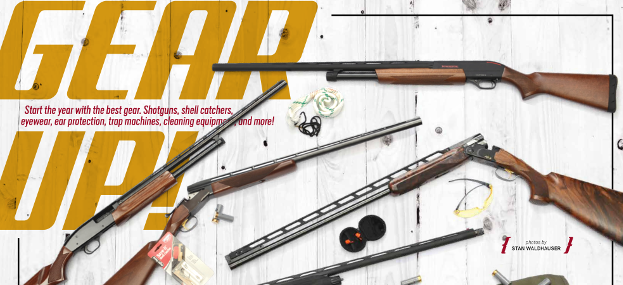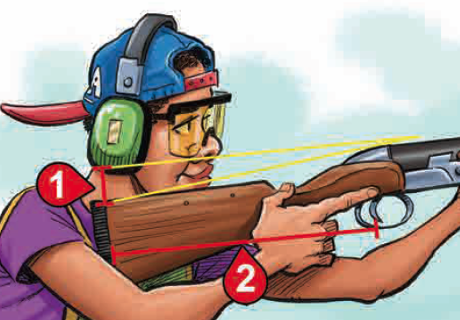

A common question I hear from athletes, parents, and coaches is what choke they should use on their shotguns. There’s no simple answer to this question, as it depends on what type of clay target sport they’re shooting and the personal preferences of the shooter. In this issue we’ll go over what a shotgun choke is, how it works, and what factors to consider when choosing one for your sport.
WHAT IS A ‘CHOKE?’
At the most basic level, a shotgun barrel is a tube from which shotgun pellets (shot) are ejected. While they are traveling through the barrel, the pellets are kept together in loose formation until they exit—at which time they begin to spread out farther and farther away from each other as they continue towards the target. As the shot spreads out, spaces develop between pellets and the likelihood of the pellets hitting a target becomes less and less—even if you’ve aimed perfectly! A choke is a metal constriction at the end of the barrel that forces those pellets closer together before they exit the barrel. By forcing the pellets closer together, they will
maintain a tighter formation (pattern) for a longer period of time. A choke that is ‘tighter’ (more constrictive) will keep the shot closer together for a longer distance than a choke that is ‘looser’ (less constrictive).
DIFFERENT SIZES FOR DIFFERENT USES
Chokes come in a variety of sizes, which are measured in the amount of constriction they apply. Each increase in the size of the constriction increases the average percentage of pellets that will hit a 30-inch target at 40 yards. As you can see from the chart, if you’re shooting at targets that are farther away from you—like you would in trap—then you would want to use a choke that has a tighter constriction. In my experience most trap shooters prefer to use an Improved Modified choke, because the average distance of your target when shot is about 30 yards. If you’re shooting at targets that are close to you—like in skeet shooting—then a looser choke like an Improved Cylinder, or the obviously named Skeet choke is going to be a good choice. Once you decide on which choke to use with your shotgun, take the time to go back to the patterning board and see how your shotgun shoots with various types of ammunition. You might be surprised to see the variation in your pattern with different brands and loads.

One final note of caution: make sure you know if your shotgun uses a removable choke because you don’t ever want to shoot a shotgun without its choke installed. You’ll damage your barrel irreparably, and it’s tough to hit a target without one.




